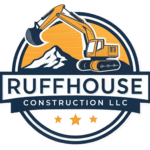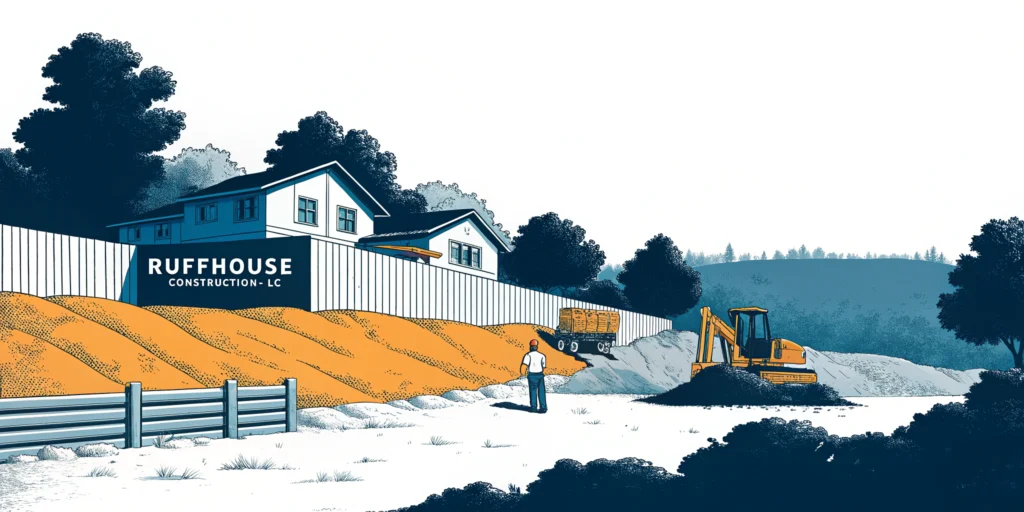Understand excavation regulations
If you’re overseeing a deep dig, you know a single misstep in shoring compliance can risk lives and derail schedules. Navigating excavation shoring regulations can feel complex, but understanding these rules helps you protect your crew and avoid costly delays.
OSHA excavation standards
Excavation work carries a 112% higher fatality rate than other construction activities. To counter this risk, OSHA sets requirements under 29 CFR 1926 Subpart P. Key mandates include:
- Appoint a competent person to assess hazards
- Classify soil using unconfined compressive strength tests
- Enforce protective systems in trenches deeper than 5 feet
Designation of a competent person
A competent person must inspect every excavation daily and after changes such as rain or equipment movement. They handle:
- Soil classification and testing
- Selection and installation of shoring
- Ongoing hazard monitoring
OSHA recommends refresher training at least every three years, though your employer may require more frequent sessions. For structured guidance, see excavation shoring training.
Meet shoring requirements
Ensuring your support system matches site conditions is critical. Follow these steps:
Classify soil types
Different soils demand different measures. A competent person orders lab or field tests to confirm whether you’re working with clay, sand, or rock.
Select protective systems
Use one of these solutions based on soil and depth:
- Sloping or benching for shallow digs
- Shoring frames or hydraulic shores in 5–20 foot trenches
- Engineered shields or soldier piles for deeper cuts
For a deeper dive into options, explore excavation support systems and shoring systems for deep excavation.
Comply with depth criteria
Protective structures are mandatory at these thresholds:
- Over 5 feet: any soil except stable rock
- Over 20 feet: designs approved by a professional engineer
- Over 4 feet: provide safe access and egress no more than 25 feet apart
Failing to follow these rules can lead to citations or even criminal charges, as seen in a 2018 case where negligence resulted in a worker’s death.
Install soldier piles
Soldier pile and lagging panels deliver reliable earth retention. Here’s how to get it right:
Design soldier pile walls
Begin with a plan that covers:
- Pile spacing and embedment depth
- Lateral load capacity
- Drainage provisions
Work with your engineer to finalize soldier pile and lagging wall design that meets site-specific loads. For detailed steps, see soldier pile wall construction.
Place lagging panels
Proper panel installation prevents wall collapse:
- Drill and set piles at specified intervals
- Insert lagging panels between flange faces
- Secure weep holes or drainage channels
Review the lagging panel design and installation of lagging panels for material choices and methods.
Maintain ongoing safety
Even a well-built wall needs vigilant care. Incorporate these practices:
Conduct inspections daily
Your competent person should verify:
- No signs of distress or movement
- Egress points clear and stable
- Water accumulation under control
Document findings in a log to support excavation shoring quality control.
Implement hazard controls
Address emerging risks promptly:
- Erect barriers and warning systems near excavations
- Provide high-visibility gear for crews working near traffic
- Test for hazardous atmospheres and use ventilation or respiratory protection
For more guidelines, consult excavation safety measures and excavation shoring safety guidelines.
Why choose us
When you partner with RuffHouse Construction LLC, you gain:
- Local expertise in WA/OR excavation and shoring
- Proven track record on projects up to 30 feet deep
- Dedicated safety protocols that exceed OSHA standards
- Comprehensive support, from design through maintenance
Frequently asked questions
1. How often should I refresh competent person training?
OSHA recommends every three years, but you may choose more frequent sessions to match regulation updates.
2. At what depth is shoring mandatory?
Protective systems are required for trenches deeper than 5 feet unless the soil is solid rock.
3. Can I slope instead of shore?
Yes, for depths under 20 feet you can use sloping or benching if space allows.
4. Who designs soldier pile and lagging walls?
A registered professional engineer must approve plans for trenches over 20 feet deep.
5. What do I do if I see wall movement?
Stop work immediately, evacuate personnel, and have your competent person reassess soil and support systems.
When you’re ready to strengthen your excavation projects with compliant, robust shoring solutions, contact RuffHouse Construction LLC for expert soldier pile and lagging installations.
Ready to start your own soldier pile wall project in Seattle, Tacoma, or anywhere in Puget Sound?
Learn how Ruffhouse Construction delivers safe, code-compliant soldier pile and lagging wall installations for any site.
See our Soldier Pile Installation Services for details and request a free estimate today.

